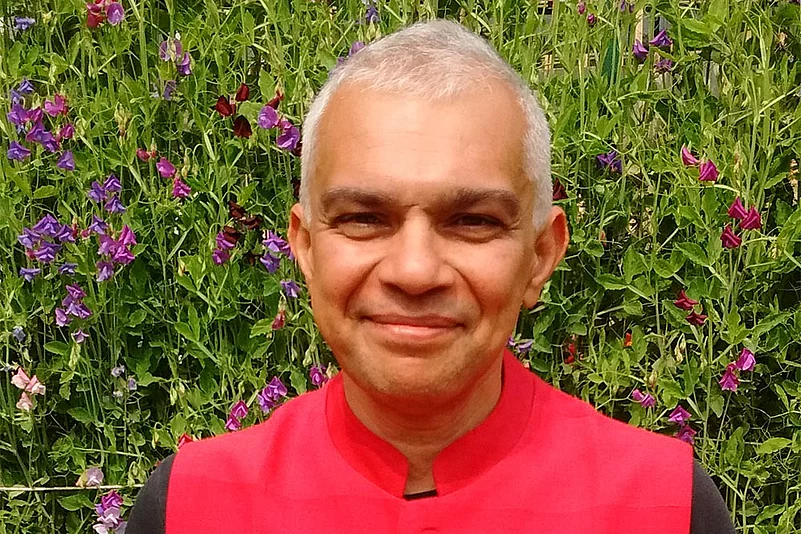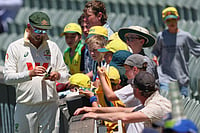Stellenbosch is a beautiful town, held as though in a glass bubble. It is caught in an uncanny warp, a vortex even, of snarled space and twisted time, which turn upon each other. Stellenbosch is set amidst the hills of the Cape Winelands, a mere 50 kilometres or so from the haunting (and haunted) Cape Town. The stunningly gorgeous region, which produces some of the finest wines of the world, is home to slavery, indenture, apartheid, democracy, and after. Put differently, these terrains embody the contradictions, contentions, and contingencies of modernity.
Late in the Antipodean winter of 2013, I was a fellow for three months at the spectacular Stellenbosch Institute of Advanced Studies, commonly known as STIAS, aka Stellenbosch Institute of Advanced Salads, something of a measure of the local envy for the place. My principal project there had begun as a history and anthropology of my high school class from Modern School (Barakhamba Road, New Delhi), only to expand into something wider, a curious account of contemporary India. The critical archives for the project were the digital recordings of conversations with my cohort. These were contained on my laptop computer, a rather raggedy machine yet one with sufficient memory. Enthusiastic and excited about working through the recordings, I had begun to settle into the rhythms of STIAS and Stellenbosch.
And then, the laptop was gone. It was filched from our heavily secured apartment, provided by the Institute, in central Stellenbosch. The deed was done on a weekend. We (my partner, Ishita and I) were out for the day with friends driving around the coast of the Western Cape. On a whim we set off for Cape Agulhas, the southernmost tip of the African continent, which is actually strangely uninspiring, at least at deepening dusk. After losing the way in the dark – and nearly colliding with an enormous porcupine – our bedraggled party of four returned home late at night to discover something amiss at the apartment. We found an overturned vase, a flowerpot askew, and the immense dining table out of place. Yet there was little that was obviously missing. Except: the tiny computer.
The pilfering was a production. While locking up everything carefully, we had forgotten a loose slat on a side window-blind in the living room. It was this sliver that had been forced open; then a thingamajig improvised from a long broom handle and wires lying in the patio was used to pull the humongous and heavy dining table toward the window; and, finally, the laptop was lifted. There was nothing else gone. The arrival of the Falstaff-like Stellenbosch police constables at midnight, and of the smart detective from Paarl the next day, are tales within tales, best reserved for another time.




















